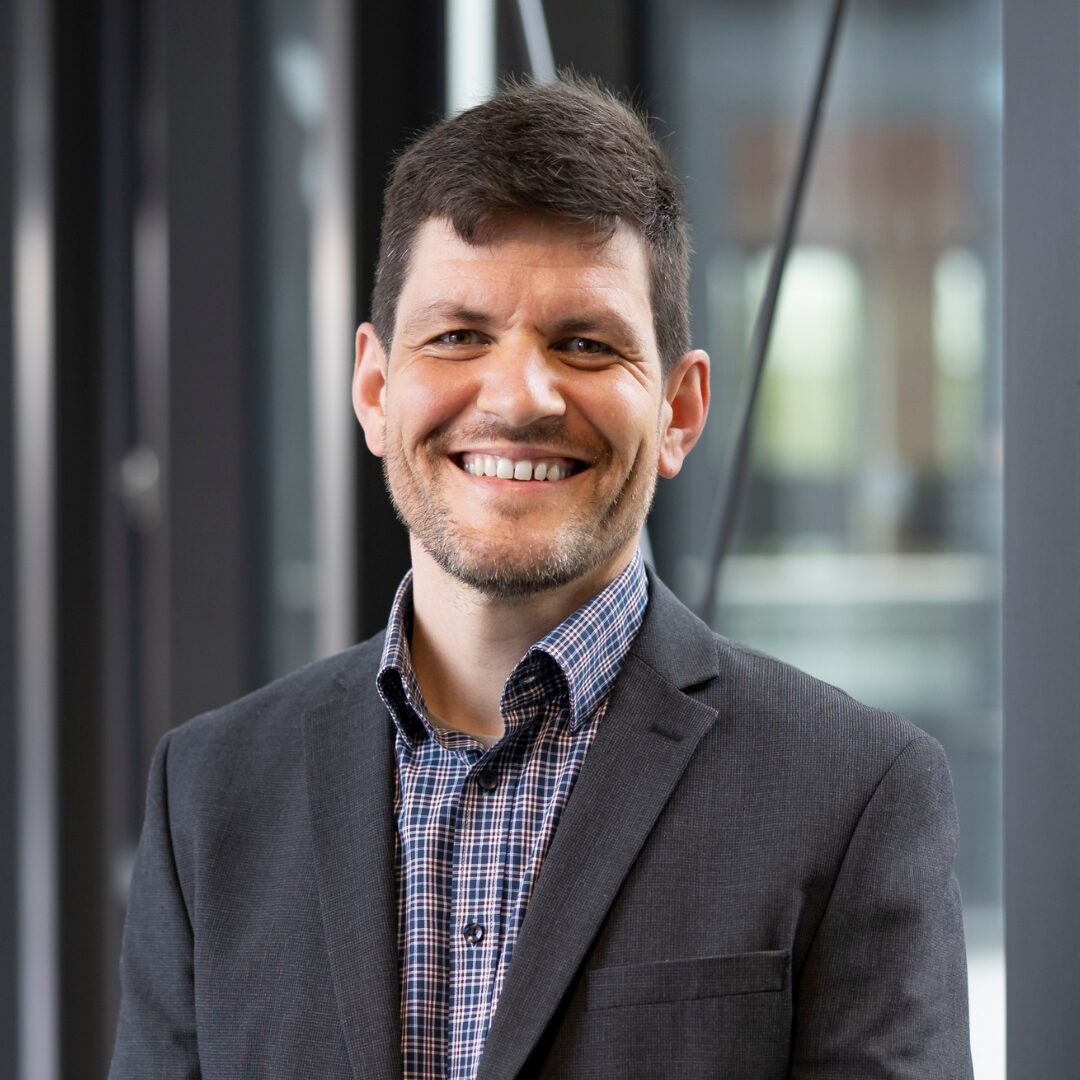Liebscher, Christian

Prof. Dr. Christian Liebscher
Advanced Transmission Electron Microscopy
Research
The primary goal of my research is to enable an atomic scale understanding of novel energy-related materials to unravel their intrinsic structure-functionality relation by developing advanced transmission electron microscopy techniques. I strongly believe that unlocking the structural and electronic features from the atomic to the mesoscopic level is pivotal to understand how materials function and to develop strategies for advancing their properties. Reciprocally, the characteristics of materials can only be understood by resolving their related structural, electronic or magnetic state.
We use advanced transmission electron microscopy (TEM) techniques to establish holistic material characterization and at the same time to probe materials under realistic conditions to determine their underlying physical properties. The prime technique we use to resolve the atomic structure of complex materials is aberration-corrected scanning TEM (STEM) that enables us to establish a quantitative description of their atomic nature, which includes local chemical ordering, the atomic structure of interfaces and determining strain at the near atomic level. To probe the local composition and electronic structure, we employ spectroscopic techniques, such as energy dispersive X-ray spectroscopy and electron energy loss spectroscopy.
We also develop novel 4D-STEM techniques, where diffraction patterns are recorded in each probe position, to determine crystal orientations in nanomaterials, resolve the atomic-scale positions of light atoms in complex oxides and map magnetic domains by differential phase contrast. Through in situ microscopy, we are able to explore structural transformations and material response when exposing them to strain, temperature or magnetic fields and with this build a correlation to their physical properties.
The ever-growing data complexity poses great challenges in curation and analysis, but at the same time holds great potential to make new material discoveries. We contribute to the development of novel data analysis algorithms and machine learning models to autonomously quantify microscopy data and turn the data into physics-based quantities.
The person
Training
Professional career
Picture: RUB, Katja Marquard

